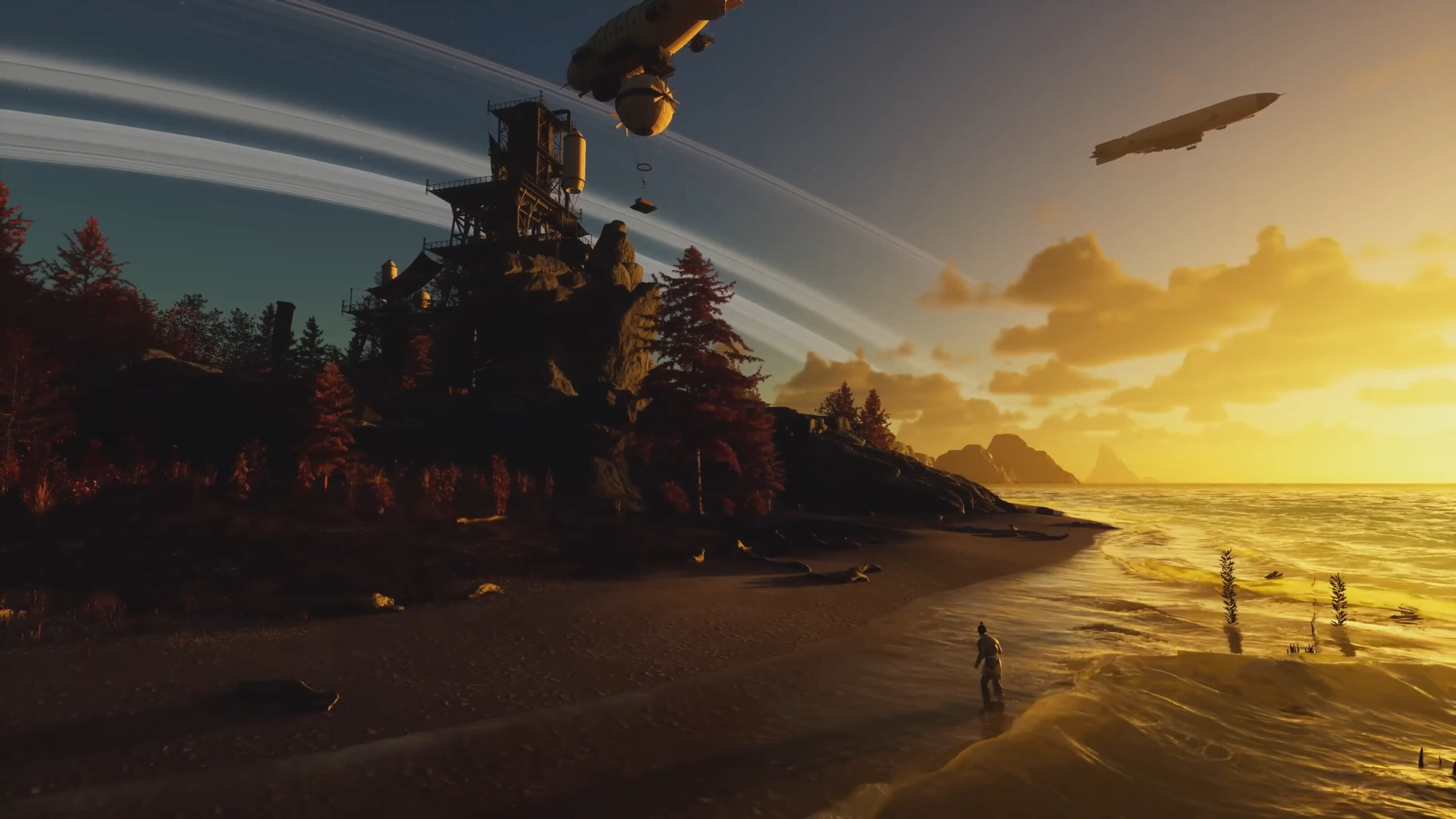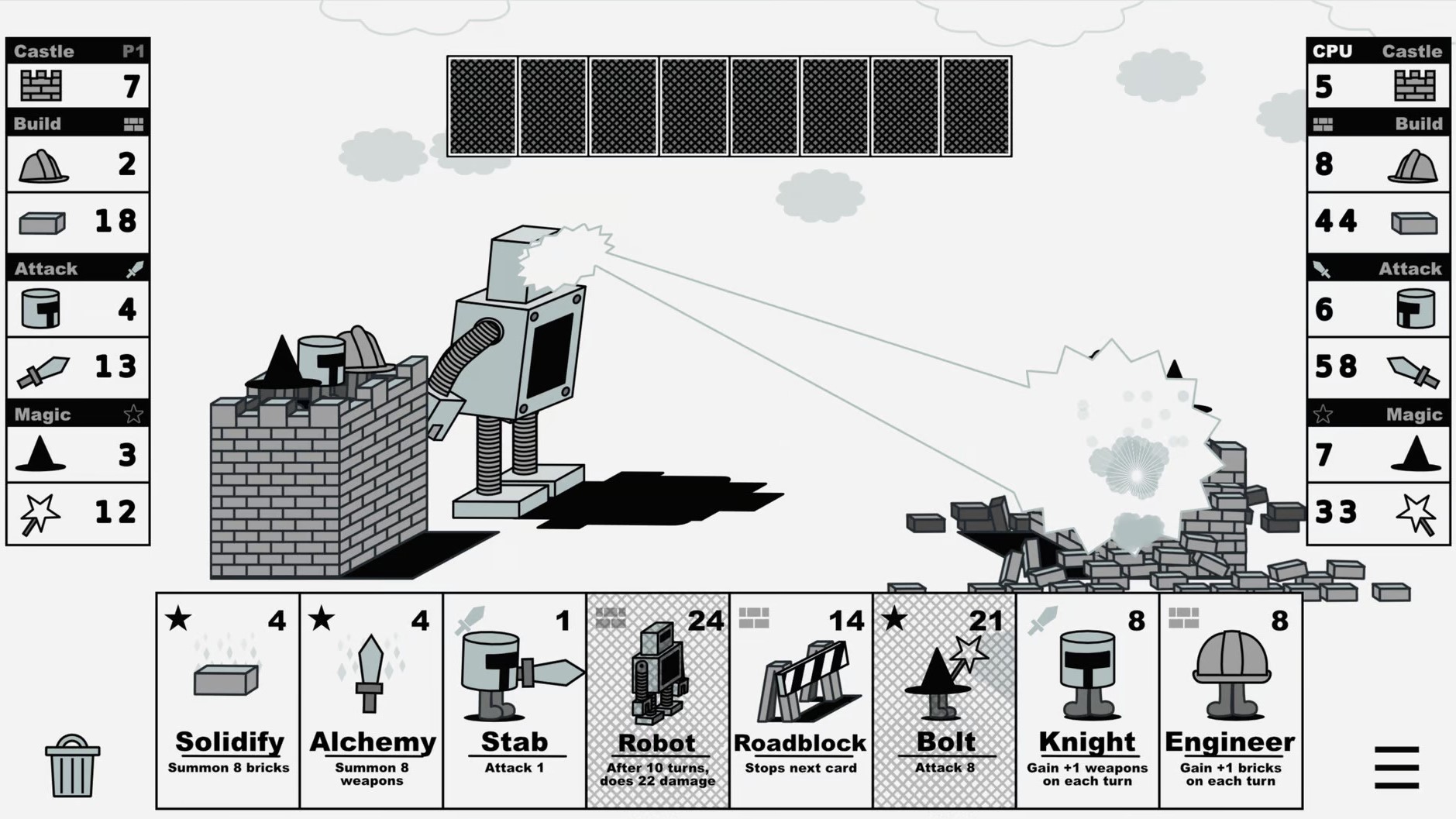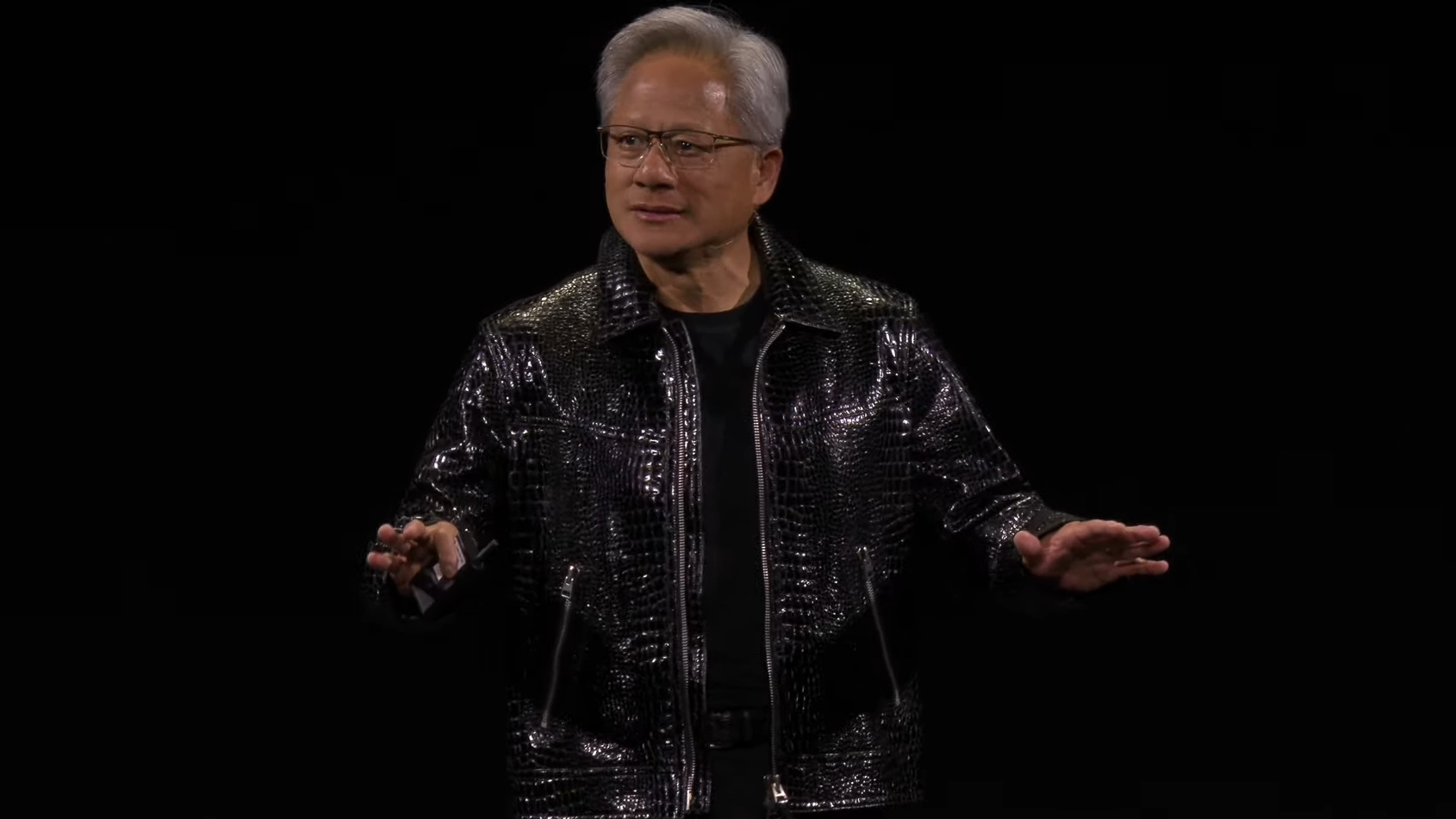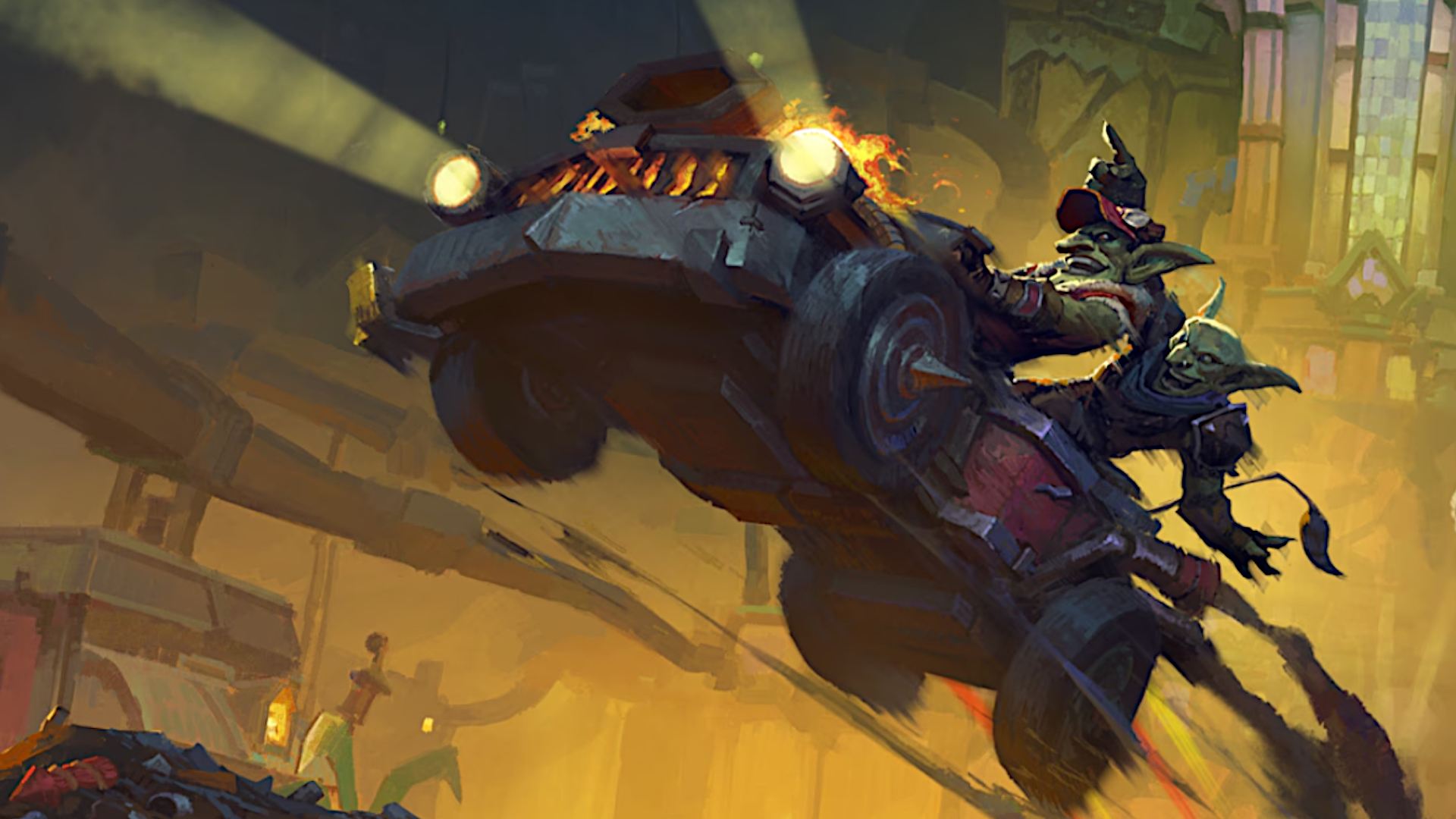Survival games, what would we do without them? Much less rock punching, I would imagine, but it wouldn’t be a year in PC gaming without several of the little tikes, all competing to capture the lightning in a bottle of big survival games releases past.
Potential contender Nightingale is due to release into early access on February 20, and given that it’s looking like a graphically complex experience thanks to its use of Unreal Engine 5, it seems you’ll have a choice of upscalers to keep the frame rate reasonable while you explore the fae realms.
According to a post detailing performance expectations from developers Inflexion Games, Nightingale will offer XeSS, DLSS, and FSR support, with the latter two including the option for frame generation which should give a significant performance boost to GPUs that support it, although the devs do warn that as it’s a new feature to the game it may cause reduced stability or increased artifacts in some scenarios.
Still, that’s a plethora of choices that should make a lot of users happy, and that’s before we get to TSR, UE5’s platform-agnostic temporal upscaler. Those of you who have mucked around in UE5 games like Fortnite may have already made use of the feature, but taking a look at the estimated performance settings it may well be a requirement in this game for many gamers, as every recommendation from minimum to ultra suggests you keep TSR on “Balanced”.
This suggests that Nightingale is likely going to be a pretty demanding game, and there’s a lot more in the post to suggest that it’ll test many people’s systems fairly hard. For those struggling with performance, suggestions are made to lower global illumination (in this case, Lumen), lowering shadow settings, and leaning on different upscalers to keep things running smoothly.
The developers go on to explain that Unreal Engine 5 and its new technologies like Lumen and Nanite are still at the cutting edge of graphics as things stand, and as a result, optimisations are still forthcoming from Epic, graphics card manufacturers, and the developers themselves.
Nightingale also makes use of a high-fidelity art style that many survival games have opted to stay away from, and looking at the frankly stunning screenshots I’ve seen so far it’s not a huge surprise that it looks like it might be a bit of a strain on your PC.
(Image credit: Future)
Best CPU for gaming: The top chips from Intel and AMD.
Best gaming motherboard: The right boards.
Best graphics card: Your perfect pixel-pusher awaits.
Best SSD for gaming: Get into the game ahead of the rest.
Also of note is the 70GB of storage space requirement. That’s quite a chunk for a survival game, so if you’re planning on checking it out, now might be a good time to clear up some of those installed games you know you’ll probably never get around to finishing.
Immortals of Aveum was another UE5 release with heavy system requirements and also made use of FSR 3 and frame generation to give it a helping hand, and even Fortnite with all the Nanite and Lumen goodies turned up can test a GPU to its limits, so it’s no surprise to see upscaling as a recommendation, although balanced as a default still raises an eyebrow or two.
Still, my storage space is ready at the very least. As for my GPU? Well, I guess we’re about to find out.











